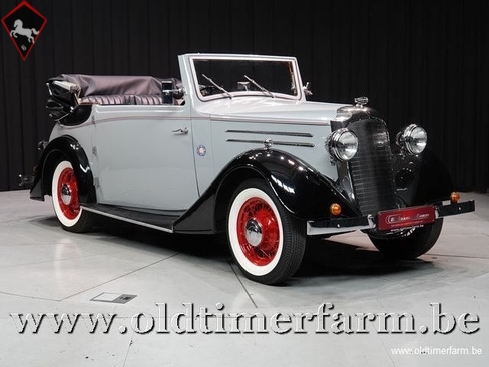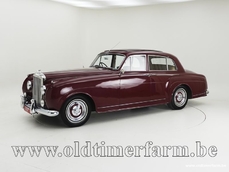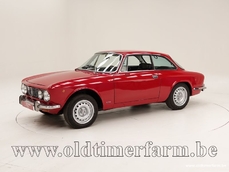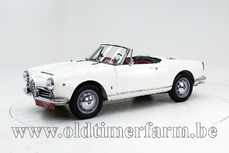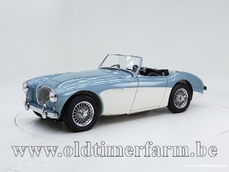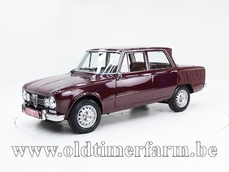Vauxhall 12-4 Foursome DHC '37 1937
General description :
25hp
https://www.oldtimerfarm.be/en/collection-cars-for-sale/4308/vauxhall-tickford-foursome-dhc-37.php
1937 Vauxhall 12-4 Foursome DHC '37 is listed sold on ClassicDigest in Aalter by Oldtimerfarm Dealer for €33950.
Car Facts
Car type : Car Make : Vauxhall Model : 12-4 Model Version : Foursome DHC '37 Engine size : 0.0 Model Year : 1937 Location : Aalter
Sold
Seller Information
Sold
Other cars listed for sale by this dealer
About Vauxhall
The history of Vauxhall Motors, a British automobile manufacturer, is a rich tapestry spanning more than a century, involving innovation, collaborations, and transitions.Early Years: Vauxhall was established in 1857 in Vauxhall, London, initially producing pumps and marine engines. In 1903, they ventured into automobile manufacturing, creating their first car, the Vauxhall 6HP. The brand gained a reputation for producing reliable vehicles.
Acquisition by General Motors (GM): In 1925, Vauxhall was acquired by General Motors (GM), which influenced its trajectory for several decades. This partnership brought technological advancements and expanded Vauxhall's market.
Genuine Vauxhall Models: In the earlier years of Vauxhall's history, especially before the collaboration with Opel, Vauxhall produced cars that were uniquely developed by the company. These vehicles, such as the Vauxhall Victor, Viva, and Cresta, were designed and engineered by Vauxhall independently of Opel.
Badge-Engineered Opels: As Vauxhall came under the ownership of General Motors (GM) in the mid-20th century, it became part of a network of GM-owned brands that included Opel in Germany. This led to the practice of badge engineering, where certain Opel models were rebranded and sold as Vauxhalls in the UK and vice versa.
For instance, models like the Vauxhall Carlton and Cavalier had their counterparts in the Opel range, such as the Opel Omega and Ascona. These cars were essentially the same vehicles with minor cosmetic differences and were marketed under different badges for specific markets.
This strategy allowed GM to streamline production and development costs by sharing platforms and technologies across markets, thereby creating cars that were economically feasible for different regions while retaining a semblance of distinct branding.
Perceived Differences: While many of these badge-engineered models shared much of their engineering, components, and technology, there were perceptions among some consumers and critics that Opel-badged cars might have been slightly more refined or better equipped compared to their Vauxhall counterparts. However, this perception wasn't universal and might not have been true for all models.
